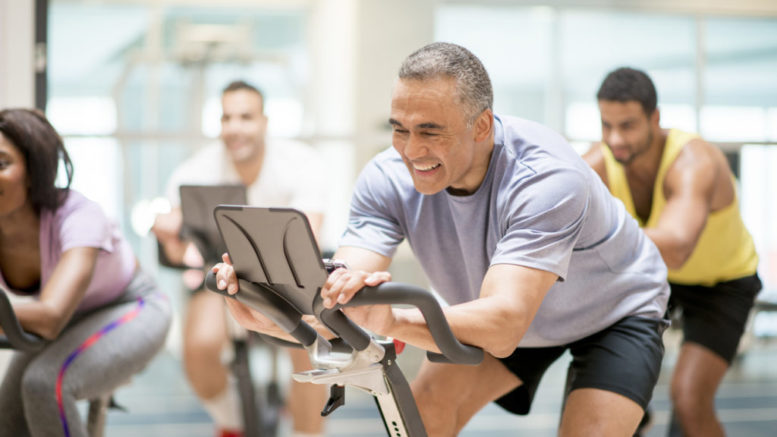The benefits of exercise are universally well-known at this point, with proven results in the form of both physical and mental health resulting from a regular and diverse exercise routine. The same is true, of course, for older members of the population, for whom exercise can be brilliant for getting back in touch with the body, and back on form. Here are some basic tips for starting up an exercise routine as an over-60, so that you can make the most of your fitness itch.
Speak to a Doctor
Often, starting a fully-fledged exercise routine out of nowhere can cause unexpected – and wholly negative – side effects, especially where your body is a little more prone to injury. Ultimately, a professional opinion will trump anything else you discover or read elsewhere; your doctor can advise you on best practice from a position of authority on the subject, ensuring you stay on track to keeping in shape and that you don’t stray into actively harming yourself through exercise.
Curate a Suitable Routine
Exercise does not necessarily mean strenuousness, with the best gains to health and fitness often found in the form of regular and repeatable exercises that work out your body in four different ways. You should build a balanced routine across a week, which includes a diverse range of exercises that incorporate different aspects of fitness. Doing this can allow parts of your body to recover while you work on other parts, as well as breaking up your exercise into manageable and interesting chunks. You might be trying to get yourself back into shape following a no-fault personal injury, in which case moderation in exercise is absolutely key to preventing further injury.
Aerobic exercise includes cardio activities like running or cycling, and can work wonders for your lungs as much as your muscles. A light jog or bike ride three times a week is a great place to start for introducing aerobic activity into your routine. Strength training might include heavy exercises like sumo deadlifts, but this can be too vigorous an activity at times. Instead, resistance bands provide a safe way for you to engage your muscles with complete control over your reps. Balance training is especially good for older folks, providing a relaxed way to exercise the body and keep steady in the process; martial arts, stretches and dancing are great for this. Last but not least, flexibility exercises in the form of joint rotation and yoga can keep you limber for longer.
Stay Hydrated
Whether you are age 7 or 77, hydration is nothing short of vital. As an older person, though, dehydration can be a more likely occurrence – and by starting up an exercise routine, you may be opening yourself up to the possibility of experiencing its symptoms. Older people have less water reserves in their body, as well as less efficient kidneys, meaning you should be consciously drinking more while you exercise to ensure you don’t become dehydrated by sweating.
Stretch Well
Unfortunately, your muscles may need a little more time to get warmed up nowadays, making pre-workout stretching a requirement for safe exercise. Create a 20-minute warm-up routine, including exhaustive stretching of your joints and muscles. Not only can these stretches stave off muscle pain and cramping, but they can also contribute to your flexibility training, keeping you supple and mobile.
